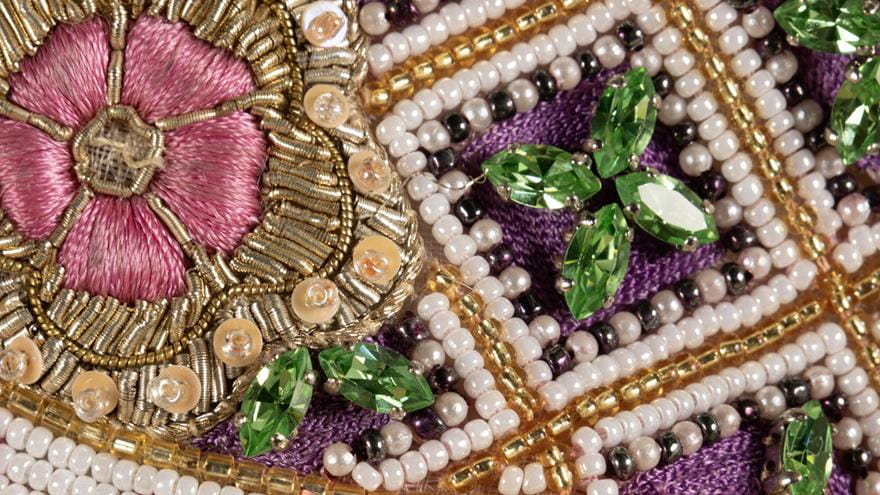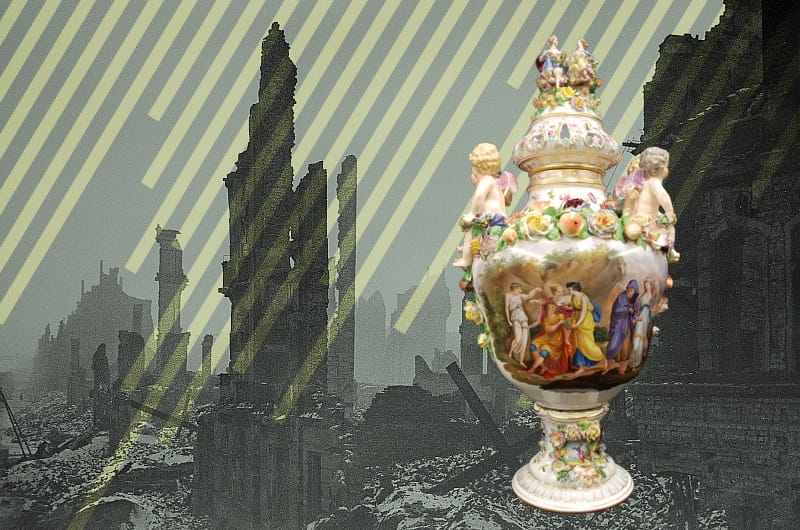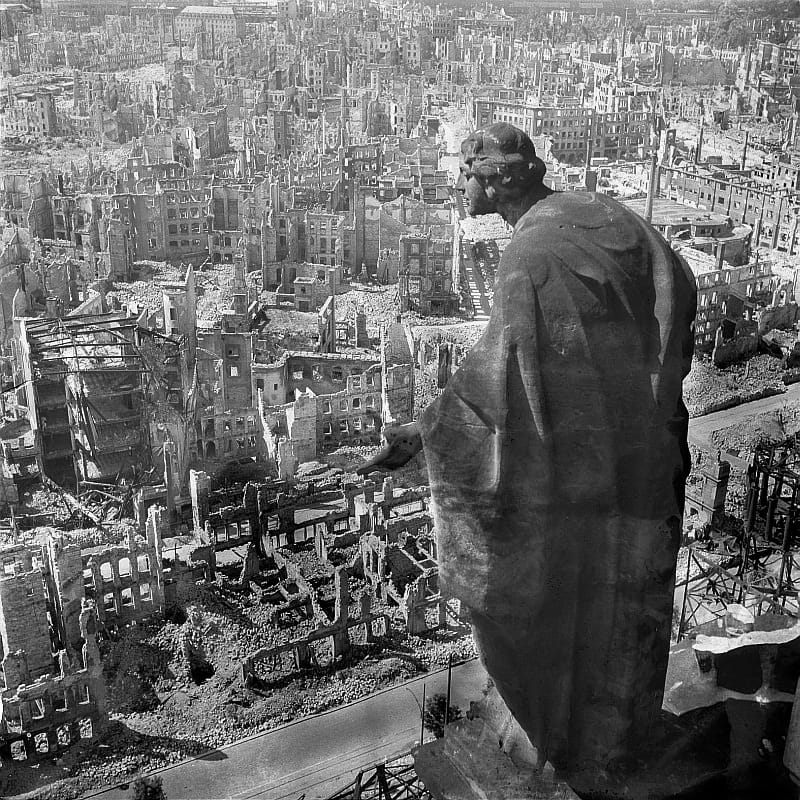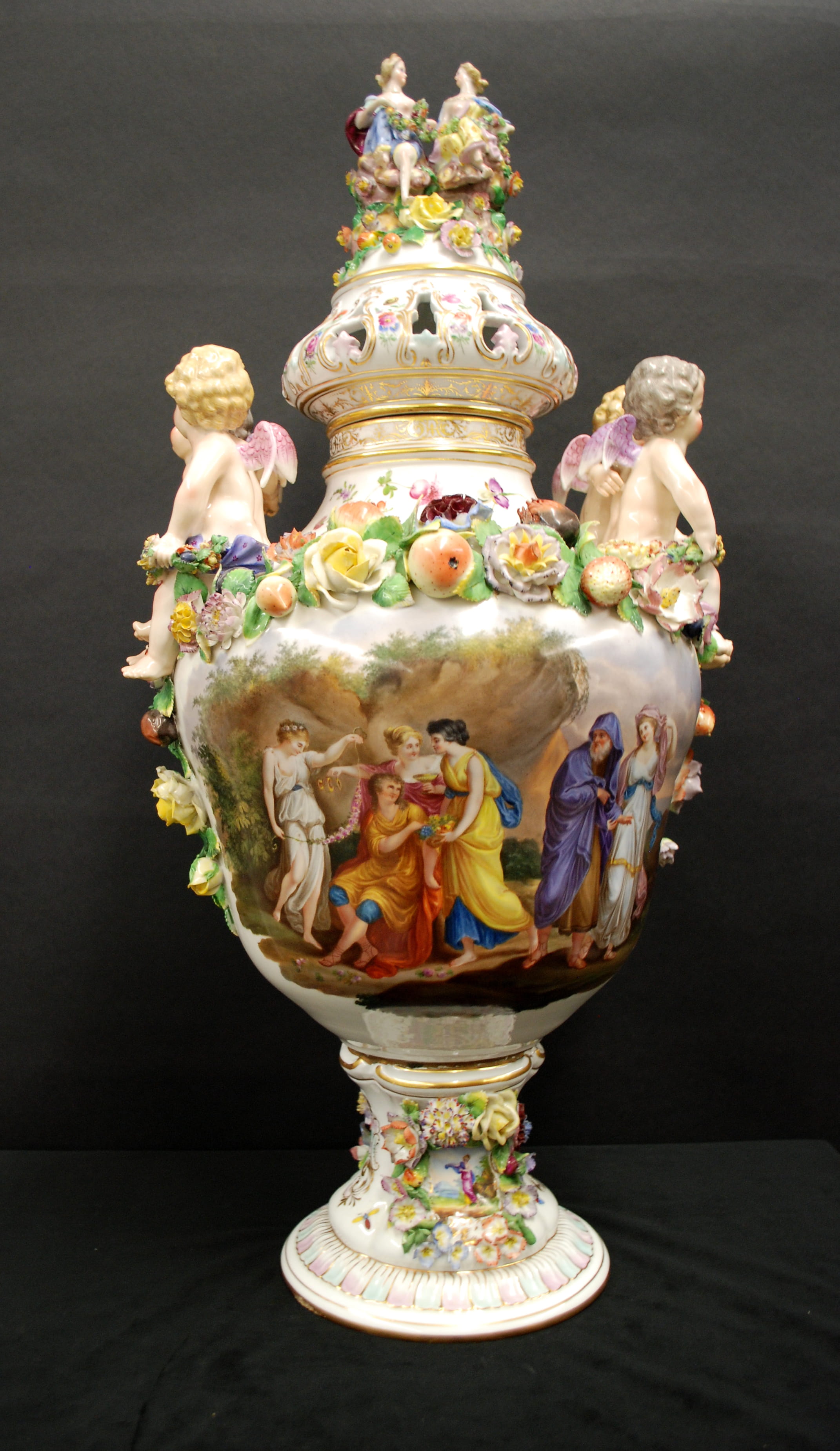The Drexel Connection to ‘Slaughterhouse-Five’

- Fashion Icon Mary McFadden 'The High Priestess of High Fashion' Exhibition Opens at Drexel
- Drexel’s Pearlstein Gallery Offers Spring Exhibitions Centered on the Healing Properties of Art and Creative Works
- The First Exhibition of Contemporary Nepali Artists in the U.S. Debuts in Drexel’s Pearlstein Gallery
- Entrepreneurial Game Studio's App Takes Stanzas to the Streets

“I think the climax of the book will be the execution of poor old Edgar Derby …. The irony is so great. A whole city gets burned down, and thousands and thousands of people are killed. And then this one American foot soldier is arrested in the ruins for taking a teapot. And he's given a regular trial, and then he's shot by a firing squad.” – Kurt Vonnegut, ‘Slaughterhouse-Five.’
As the Drexel freshmen who read the above passage in “English 103: War Literature” later found out, it wasn’t any ordinary teapot that cost Derby his life. The porcelain object would have seemed like a mirage among the rubble after the Allied firebombing of the German city of Dresden, which some of the book’s characters witnessed, and Vonnegut experienced in real life.
Dresden was reduced to rubble after British and American forces dropped explosives and bombs over the non-militarized city from February 13 - 15, 1945. At least 35,000 citizens (some say up to 100,000 more) were killed, and most of the city was destroyed. Some historic churches and other buildings weren’t even rebuilt until the 21st century.
In order to understand the allure of the porcelain among the ruins, which sparked the character’s desire to hold on to something beautiful in the face of something so horrific, Christopher Nielson, PhD, an assistant department head and teaching professor of English in the College of Arts and Sciences, arranged for the students in his class to experience a uniquely Drexel perspective of the classic book.
Derby, one of the novel’s central characters, found the porcelain teapot when he and the other American prisoners of war are forced to dig for bodies in the city’s ruins. After German guards spot him, Edgar is accused of trying to steal it and is executed at the end of the book.

“Edgar Derby’s story ends, ‘So it goes.’ I want my students to know what he died for. The urn in the Drexel Collection gives them a clue,” said Nielson.
As in past years of the class, Nielson took the students to see an urn in Main Building that resembles the type of porcelain that would have been seen, and destroyed, in Dresden, once known as the “Florence of the Elbe” for its architecture and museums. This year marks the first occasion that students visited the archives of the Drexel Collection to see a real-life example of the art and culture destroyed in the bombings.
“Vonnegut, as a prisoner of war, described Dresden as ‘Oz’ when he first saw it,” Nielson said. “He tried to put this into words in ‘Slaughterhouse-Five:’ ‘The skyline was intricate and voluptuous and enchanted and absurd. It looked like a Sunday school picture of Heaven ….’ Truly, I have read no other description that captures the beauty of Dresden as well as Vonnegut’s.”
Germany’s cultural capital was also well known for its connection to porcelain. The first type of European porcelain, or hard-paste porcelain, was created in Dresden during the 18th century in response to the demand of imported China porcelain. Characterized by the use of white-gold and ornate, colorful depictions of animals, people and flowers, Meissen porcelain was created in factories near Dresden, like the Saxon Porcelain Manufactory in Potschappel, Germany. Meissen porcelain was so popular that China porcelain began copying certain motifs, as did porcelain factories in Sèvres, France and England.
The 19th century urn in the Drexel collection was made in imitation of Meissan porcelain by Carl Thieme, a porcelain painter and founder of the Saxon Porcelain Manufactory. Acquired by University founder Anthony Joseph Drexel, the urn is part of the Drexel Collection, which he created in 1891 by giving James MacAlister, the future first president of Drexel Institute, $1 million of his own money to purchase art for the school. Like most of his private art collection, Drexel’s urn was bequeathed to the University upon his death in 1893. The urn contains many Meissen-like features, including two pairs of putti, intricate fold bands and intricate bugs and flowers.

After learning the urn was in storage, Nielson contacted Lynn Clouser, assistant director of the Drexel Collection, about bringing students in his three back-to-back classes to see it. Clouser and Stephanie Bernabei, collection assistant, met with the students at the end of April to discuss the history of Dresden porcelain. They also displayed various pieces of porcelain in the Collection that inspired or was inspired by Dresden porcelain, like a Meissen covered cup and saucer, a French sculpture and platter, a tureen from China, and a saucer and teacup from the Royal Worcester Factory in England.
“I want students to see what was destroyed in the firebombing of Dresden, an important center of artistic, cultural and intellectual activity, which attracted painters, sculptors, poets, philosophers and porcelain decorators alike,” Nielson said.
Nielson, who is one of many to consider the novel one of the best examples of war literature ever written, personally experienced the aftermath himself eight years ago when he toured Dresden with his wife.
“The Russians during the Cold War sifted through the rubble and rebuilt the historic downtown area piece by piece. They used old photographs, paintings and eye-witness accounts from the very few survivors,” Nielson said. “We could easily see why Dresden was nicknamed ‘The Florence of the Elbe.’”
In This Article
Drexel News is produced by
University Marketing and Communications.
